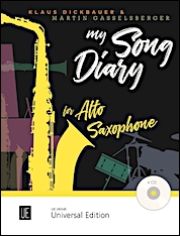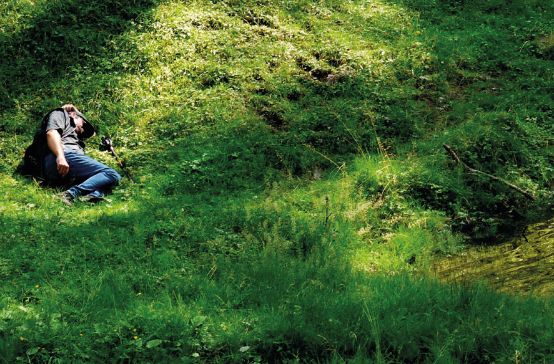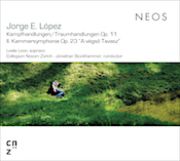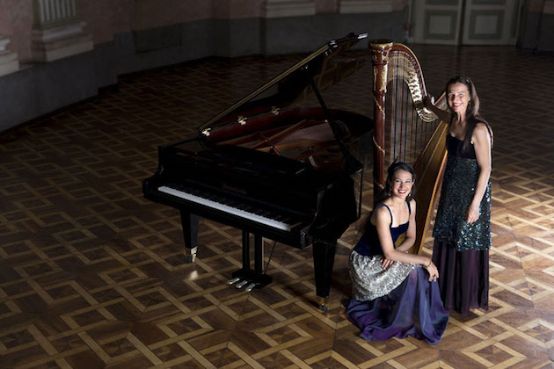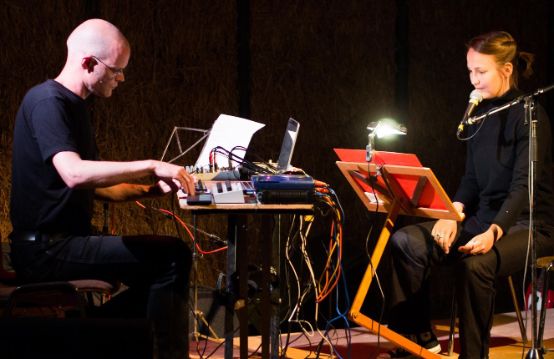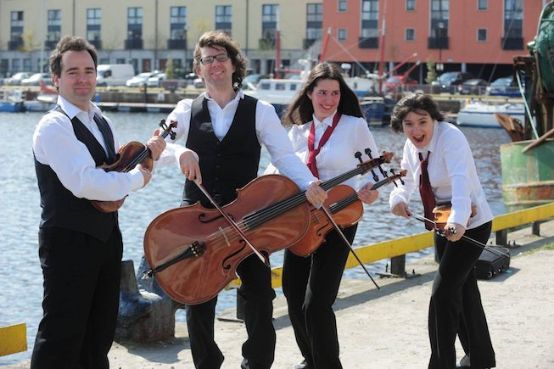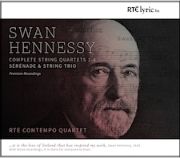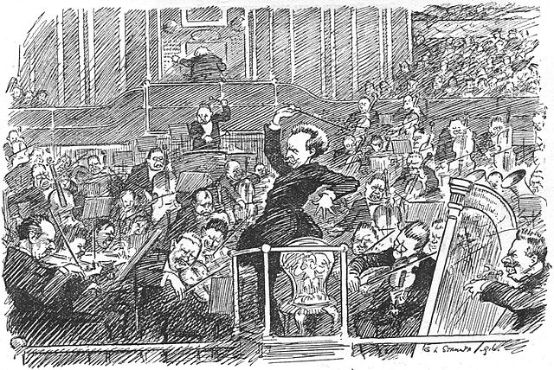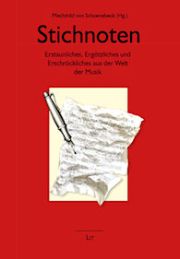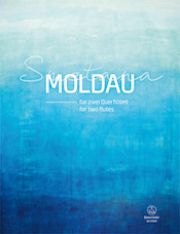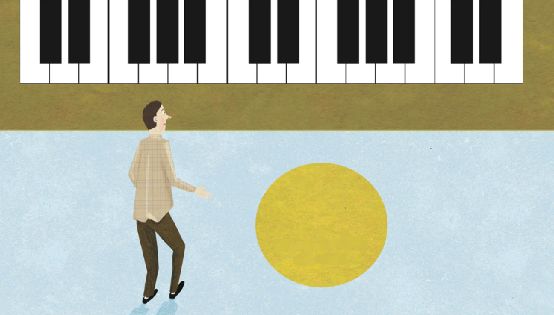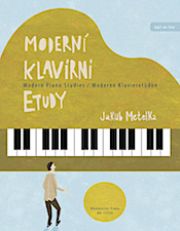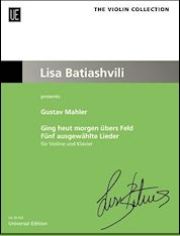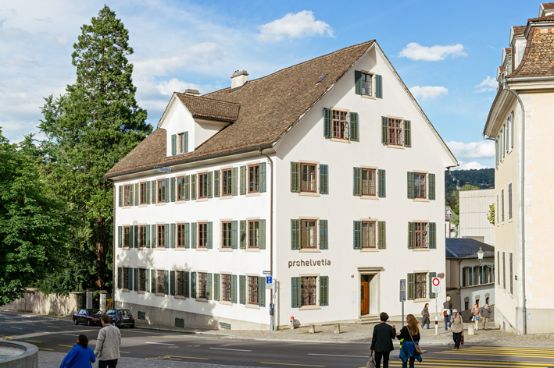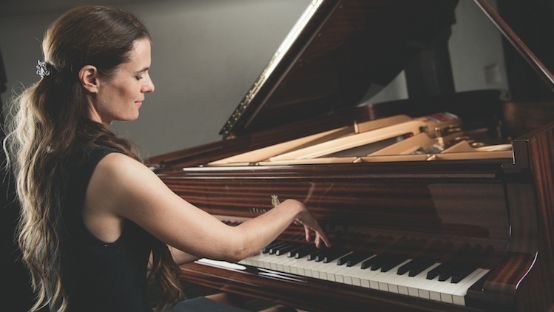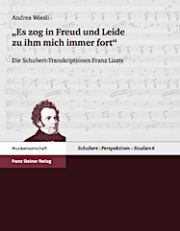Some like it hot
Three booklets that pave the way for saxophonists from classical music to jazz or vice versa.

Jazz-inspired compositions have a special place in the repertoire of classical saxophone virtuosos and teachers at music schools in general, as they form a mediating bridge between two worlds that seem incompatible and definitely are for individual musicians in terms of their stylistic idiosyncrasies and aesthetic practice. It is up to each individual to venture into their neighbor's garden, where unfamiliar terrain will probably ultimately inspire them musically - many saxophonists have taken this step with ease and live the classical music profile in close alignment with the jazz profile and vice versa.
Perhaps Billy Barton, saxophonist with London's Savoy Orpheans Band, was one of the first to take this step thanks to the premiere of the Hot Sonata by Erwin Schulhoff in 1930. The preface to the Henle Verlag Urtext edition contains a great deal of revealing background information and speculations that inspire musicological research. In addition, this edition makes the original saxophone part of the premiere performance accessible in ossia systems. This is a particular benefit in the high register (b2) and an incentive for students and pupils at the advanced level to explore altissimo tones.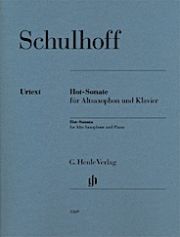
Billy Wilder's "some like it hot" probably also applies to Jeremy Norris. His Jazz Suite even ventures up to c3 in the register! His musical language is also characterized by syncopated rhythms and blues-inspired harmonies and melodies. The fact that the players have internalized the typical jazz characteristic of swing is an indispensable prerequisite in this composition, whereas in Schulhoff's work the structures of the classical sonata form are more of a learning field. Both works use notation to capture the jazz idioms. With Norris, the process of putting music on paper is relaxed, playful and, as far as possible, spontaneous. This approach is definitely a "bridging offer" that enables saxophonists with classical training to come into contact with the stylistics of jazz at a high level. The rather "some-like-it-cool-attitude" of this language is particularly evident in the YouTube video by Jeremy Norris and Fabio Calzavara: here, the impartiality for a moment meets the well-known cliché of the saxophone as a symbol carrier for erotic allusions. It is up to the performers to decide how much inspiration and fun they derive from this.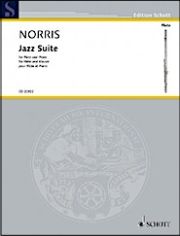
The two musicians and composers Klaus Dickbauer and Martin Gasselsberger have an equally refreshing approach to music. Their easy to moderately difficult songs for alto saxophone and piano are a successful enrichment for every lesson. In keeping with the diary idea in the album title My Song Diary all the pieces have a different everyday atmosphere and are given their varied shades through variations in time signatures, grooves, instrumentation, arrangement etc.. All this is documented by the subtly produced accompanying CD. A must-have for young people's musical tastes, although it should be noted that pupils at music schools primarily want to play their current "pop hits", and My Song Diary is not always easily accessible, not least because of its harmonic and compositional subtleties. These appealing resistances need to be accompanied by music education.
Erwin Schulhoff: Hot Sonata for alto saxophone and piano, edited by Frank Lunte, HN 1369, € 17.00, G. Henle, Munich
Jeremy Norris: Jazz Suite for alto saxophone (clarinet) and piano, ED 21923, € 24.50, Schott, Mainz
Klaus Dickbauer, Martin Gasselsberger: My Song Diary, 12 easy to moderately difficult pieces for alto saxophone, with CD: UE 38045, € 16.95; piano accompaniment: UE 38046, € 9.95; Universal Edition, Vienna






